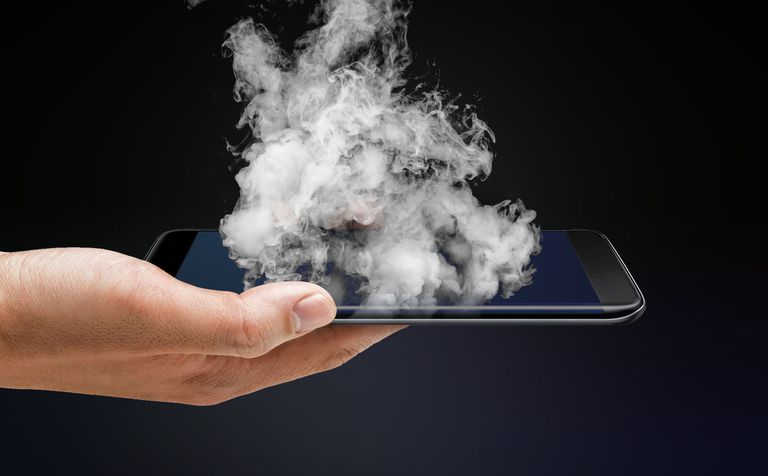It is not unusual to assume that iPhone Touch Disease refers to some technical illness or is a syndrome related to Black Mirror psychology however this isn’t the case because iPhone Touch Disease is a real thing for some users. If you suddenly find your iPhone showing weird signs then you have the iPhone Touch Disease problem at your hand and keep reading ahead to know all about it!

Which Devices are prone to the iPhone Touch Disease?
As stated by Apple the only version of iPhone which can get the iPhone Touch Disease is the iPhone 6 Plus model however there have been incidents of this disease on iPhone 6 as well however Apple hasn’t passed any official statement.
What are the Symptoms of iPhone Touch Disease?

The iPhone Touch Disease has two of the following major symptoms:
- The touch screen of your iPhone will stop responding normally which means that when you tap on the screen, the touch sensitivity isn’t being recognized by the iPhone or that gestures like zoom in or pinch aren’t working out at all.
- You will see a flickering bar in gray at the top of your display screen.
What causes the iPhone Touch Disease?
This question has a lot of debate going on it however as stated by Apple this disease can occur if your iPhone has been dropped multiple times especially on hard surfaces which puts increased stress on your device hence Apple says that this disease occurs due to the fault of the user himself who are careless regarding their device.

On the flip side of the coin the iFixit website talks about repairs and helps users understand Apple products in a better way and has released a statement that this disease occurs because of a fault in the iPhone’s design and occurs on iPhone which haven’t faced any damage at all even apart from those models which aren’t iPhone 6 Plus. The issue lies somewhere in the attachment of the two controller chips in the touch screen.
Is it really a disease?
Well, of course this isn’t a disease and it isn’t named the “iPhone Touch Disease” by random users because diseases are generally problems that can spread through infection across devices however this isn’t the way the how iPhone Touch Disease occurs. Touch Disease occurs because of the damage caused to the phone or a manufacturing fault as discussed above and not because your phone caught a virus by sneeze. Remember iPhones don’t get viruses and phones don’t sneeze over one another. So disease is just an interesting analogy to explain this.

How can you get rid of the iPhone Touch Disease?
In majority of the iPhone Touch Disease cases, users don’t really take steps to get rid of it. If you have necessary expertise using a soldering iron and can take the risk of opening up your iPhone then you can go ahead and try this out however we will advise you not to do so. You can attempt at joining you’re your broken screen however this may not fix the issue for you.
The easiest way is offered by Apple and the company itself will fix your iPhone. Even though you will have to make a payment for this however it will cost you much less than buying a new iPhone or you can simply take services from any other repair shop however they must have people who know how to use micro soldering and if they damage your iPhone then even Apple will not be able to fix it for you.